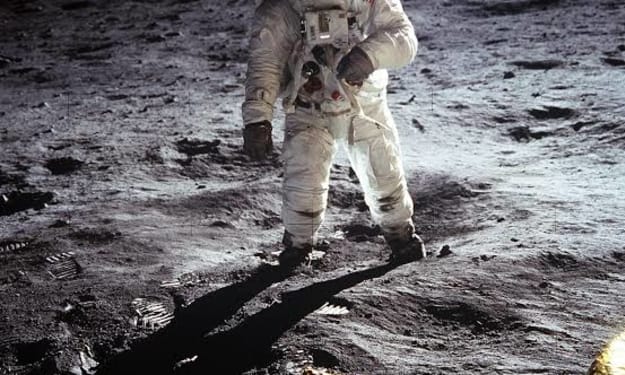The Ground Over Yellowstone Is Rising – Is It Going to Erupt?
"Yellowstone's Ground Swell: Unraveling the Potential Threat of an Eruption"

You may have heard that Yellowstone National Park sits atop a massive super volcano, which is why the area is known for its impressive geysers and hot springs. However, this also means that beneath Yellowstone lies an enormous magma chamber. In 2015, researchers from the University of Utah discovered that this chamber was even larger than previously believed, and they also found an additional reservoir of magma beneath the main one.
It seems that the size of the chambers correlates with the amount of magma they contain. Together, these two reservoirs hold a massive amount of magma that could fill the Grand Canyon not just once, but eleven times. However, the most concerning aspect of these magma chambers is that they exert pressure on the ground above them. As a result, the land in Yellowstone rises about 1 to 2 inches per year.
Adding to the potential risks, Yellowstone is classified as an active volcano, with a volcanic explosivity index of 8 out of 8. This high rating indicates that if the volcano were to erupt, it would be a catastrophic event. To put it into perspective, the eruption of Pinatubo in the Philippines in 1991, which is considered one of the most powerful eruptions in recent history, was given a rating of 6 on the volcanic explosivity index.
Now, let's assess whether there is cause for concern. In March 2023, the seismograph stations at the University of Utah recorded a total of 354 earthquakes in the Yellowstone National Park region. While this may sound like a significant number, it's important to note that the most notable event of the month was a minor earthquake with a magnitude of 3.7. This earthquake was part of a swarm of 106 earthquakes that occurred between March 29th and the end of the month. It appears that earthquakes can also occur in clusters, so it's something to be aware of.
Experts have stated that Yellowstone's seismic activity is slightly higher than usual, but there is no need for alarm. Michael Poland, a geophysicist at the Yellowstone Volcano Observatory, has reassured that the volcano is not expected to erupt in the near future. For an eruption to occur, there would need to be a sufficient amount of magma ready to be released.
Thus, regardless of the media asserts that Yellowstone is expected to eject soon in light of the fact that the last emission happened a long time back, that is not how volcanoes work. Specialists say that it's one of the most famous misguided judgments about volcanoes. They don't follow courses of events. Assuming that a super emission occurred, however, the most incredibly stressing thing for us wouldn't be the magma streams and not a tremor that would probably go with the cataclysmic event.
No, the most terrible outcome of such a super ejection would be debris and ashfall. We should view what it resembled when the Yellowstone fountain of liquid magma emitted quite a long time back. There have been no less than three super emissions throughout the entire existence of the well of lava. The most impressive of them was multiple times more wrecking than the unnerving emission of Mount St. Helens in Washington state in 1980. With respect to the latest super emission, it was named the Magma River ejection. It framed the Yellowstone caldera in the wake of heaving a crazy measure of residue, volcanic debris, and rock very high.
As of late, researchers have additionally found out around two other beforehand obscure super ejections that occurred around 9 and 8.7 a long time back. The more youthful of the two is presently viewed as the biggest recorded occasion of the entire Snake Stream Yellowstone volcanic territory. At any rate, we should examine what was happening that large number of millions of years prior, since I wasn't around that. Along these lines, we are in general accepting this stuff in view of proof.
The primary indications of the fiasco showed up well before the disaster broke out. For millennia, heat had been gushing from inside the planet's internal parts. It had been softening stone underneath the planet's outside layer and abandoning tremendous chambers. They were loaded up with a compressed combination of semi-strong stone, magma, water fume, and various gases, including carbon dioxide. So much singing underground soup was extending since increasingly more magma showed up with time.
About the Creator
Abdur Rahman
Hey there! I'm passionate about writing in science, horror, and fantasy genres. I'm all about supporting fellow writers,
so feel free to leave a tip! It helps fund my book purchases and submission fees for literary magazines.






Comments
There are no comments for this story
Be the first to respond and start the conversation.